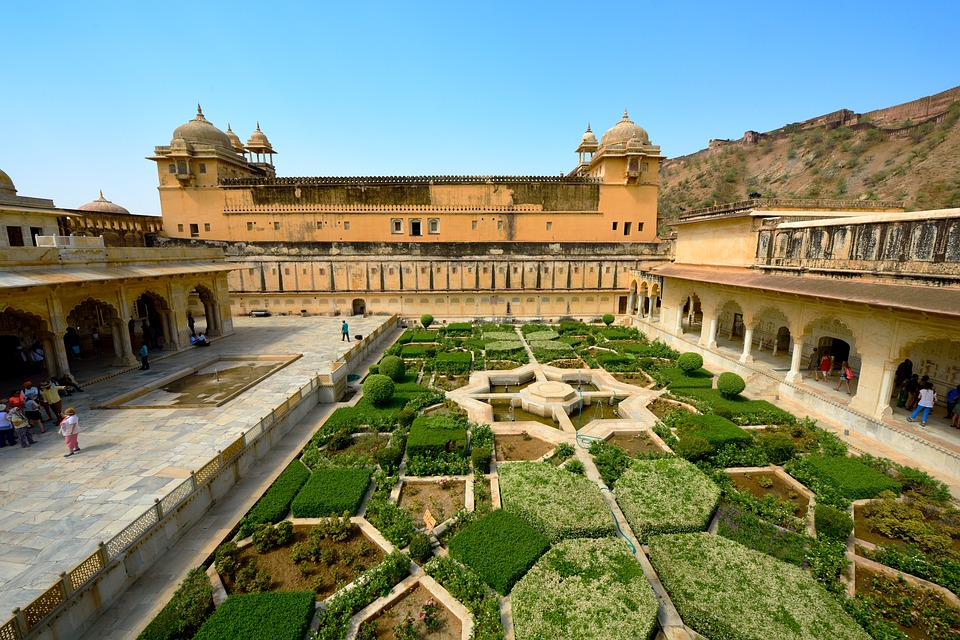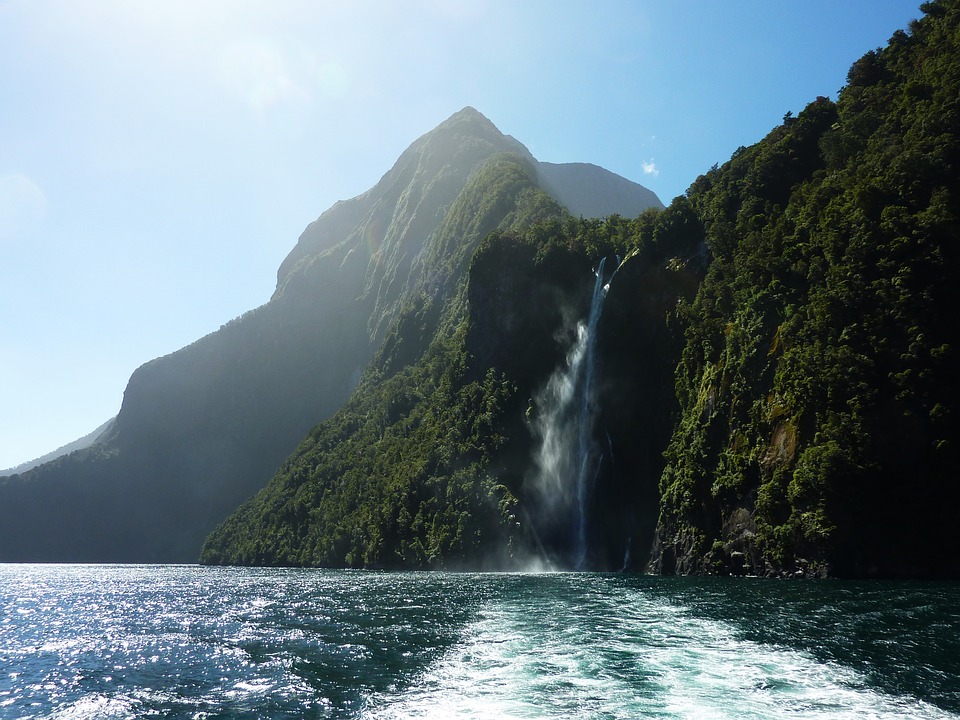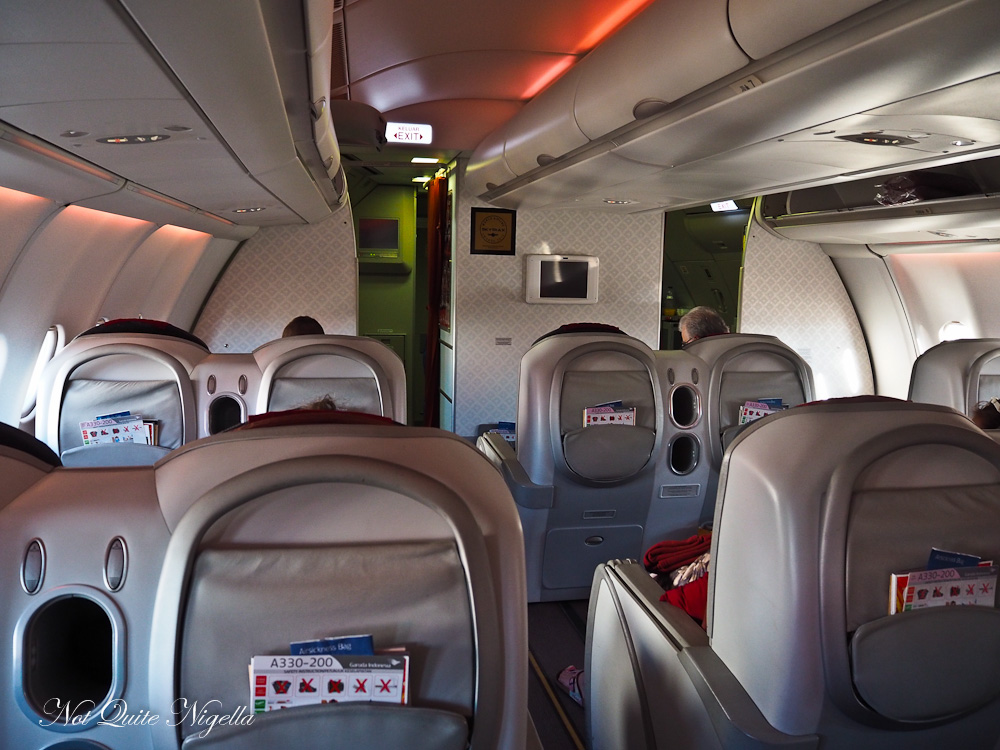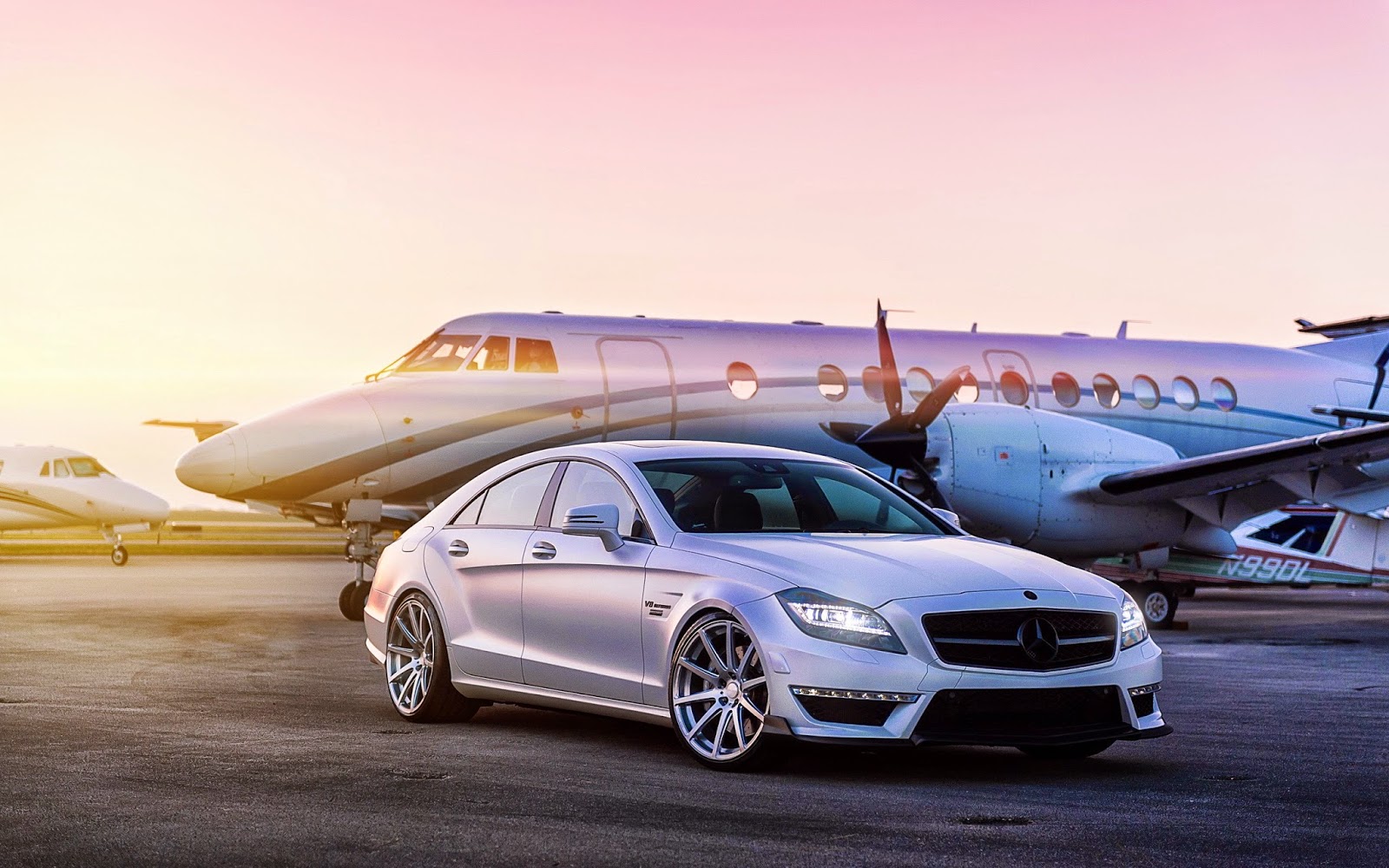Studying RV history reveals that the very first motorhomes came to be in the 1920s, coinciding with assembly-line mass production. Still, motorized vehicles were much too expensive for the average consumer to buy one and convert it into a portable home. It wasn’t until the postwar era that motorhomes really took off among consumers hoping to experience the nomad life for themselves.
It is interesting to note that prior to the advent of commercial motorhome production, nomads still exist. We just called them hobos or gypsies instead. Rather than traveling with motorized homes, they walked or hitchhiked. They drove carts with horses. They jumped steam trains and river boats.
A century later, the nomad lifestyle is accessible to nearly everyone thanks to relatively affordable motorhomes, fifth wheel, and travel trailers. Even the smallest of tent campers and teardrop trailers are sufficient enough to keep the dedicated nomad warm and dry.
Looking For Something Different
The Washington Post published a fascinating article in November 2018 detailing how the modern nomad life works. The piece featured four different families all experiencing the lifestyle in different ways. Though all came from different backgrounds and age groups, the one thing they had in common was a desire for something different.
Estimates from 2018 suggested that as many as one million Americans were living full-time in RVs. As the Washington Post pointed out, some were doing so out of financial necessity. But most were living in RVs voluntarily, giving up the trappings of the traditional home in order to enjoy a combination of travel and a simpler lifestyle.
Stuff Isn’t So Important
It is pretty common to hear modern-day nomads talk about how little they value stuff. Possessions are not so important to them, which is why they can manage to live comfortably in less than five hundred square feet. They buy only what they need, when they need it. They avoid collecting things just for the sake of collecting. They learn to reuse and repurpose like nobody’s business.
For most nomads, the value of life is found in the experiences one has. It is not found in accumulating possessions and maintaining a six-figure income. It’s a different kind of mindset, for sure, but one that your typical nomad wouldn’t give up for the world.
It Can Still Be Comfortable
One of the biggest misconceptions of the nomad lifestyle is that it is inherently uncomfortable. Nothing could be further from the truth. And in fact, the people behind Connecticut-based Air Skirts say that full-time RVers know all the secrets to making their motorhomes and trailers as comfortable as stick homes.
For example, Air Skirt makes an air-filled RV skirting product that protects plumbing against cold temperatures that could otherwise freeze it. Not only does their RV skirting prevent plumbing damage, but it also actually makes an RV more comfortable even when the temperature drops.
Modern nomads know all the tricks. They know how to insulate. They know how to use the sun to their advantage in the winter and keep it at bay by shading their vehicles during the summer. They know how to keep potable water flowing. They even know how to keep in touch with the digital world if that’s something they want to do.
Nomads have always been in our midst. From the earliest days of humanity’s existence, some people have just felt more comfortable wandering from place to place, making their homes wherever they happen to be at the time. Today though, the nomad lifestyle is made a lot easier by motorhomes and trailers. RVs have made nomad life more accessible to more people.




